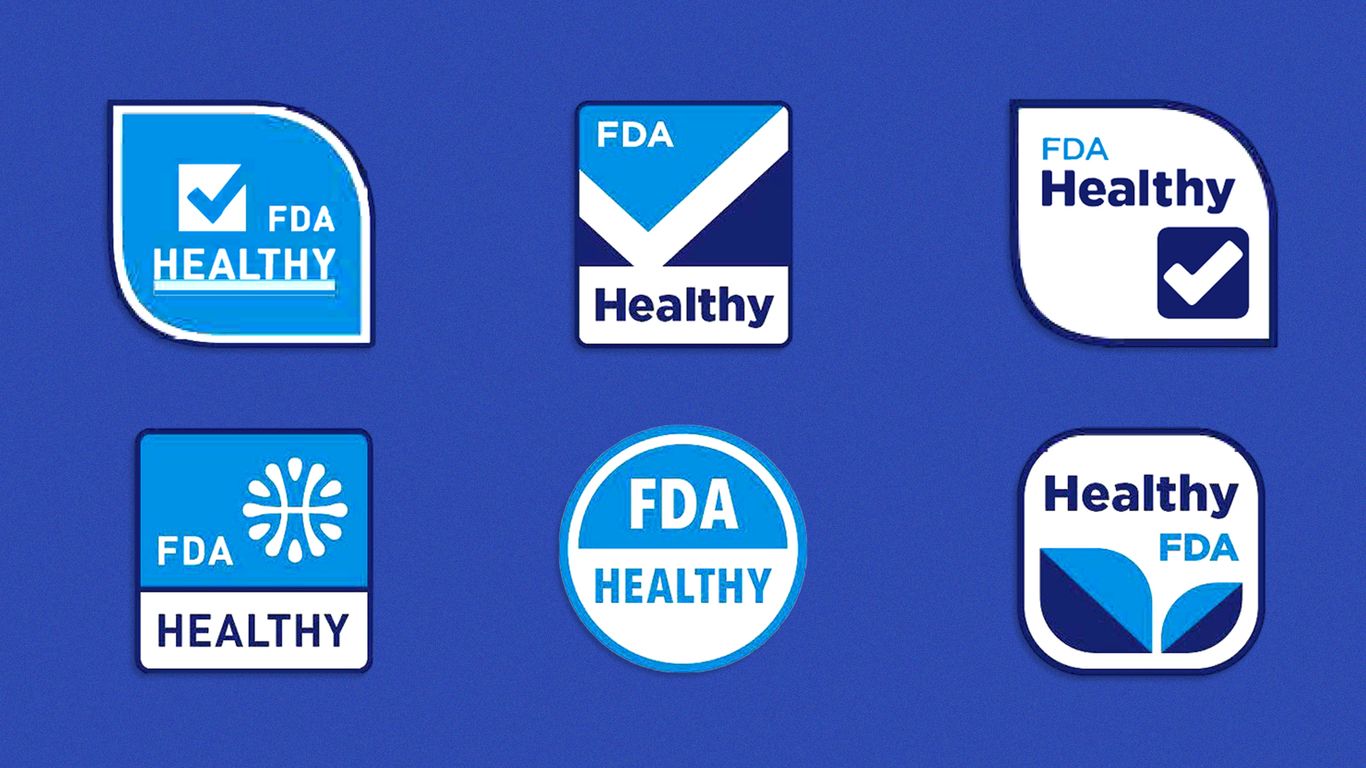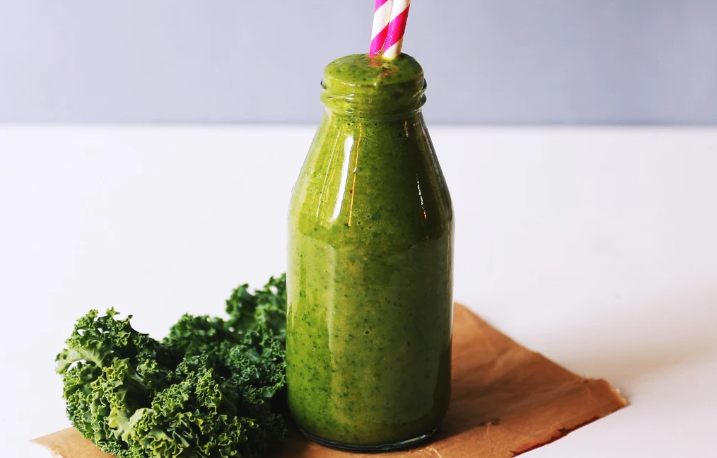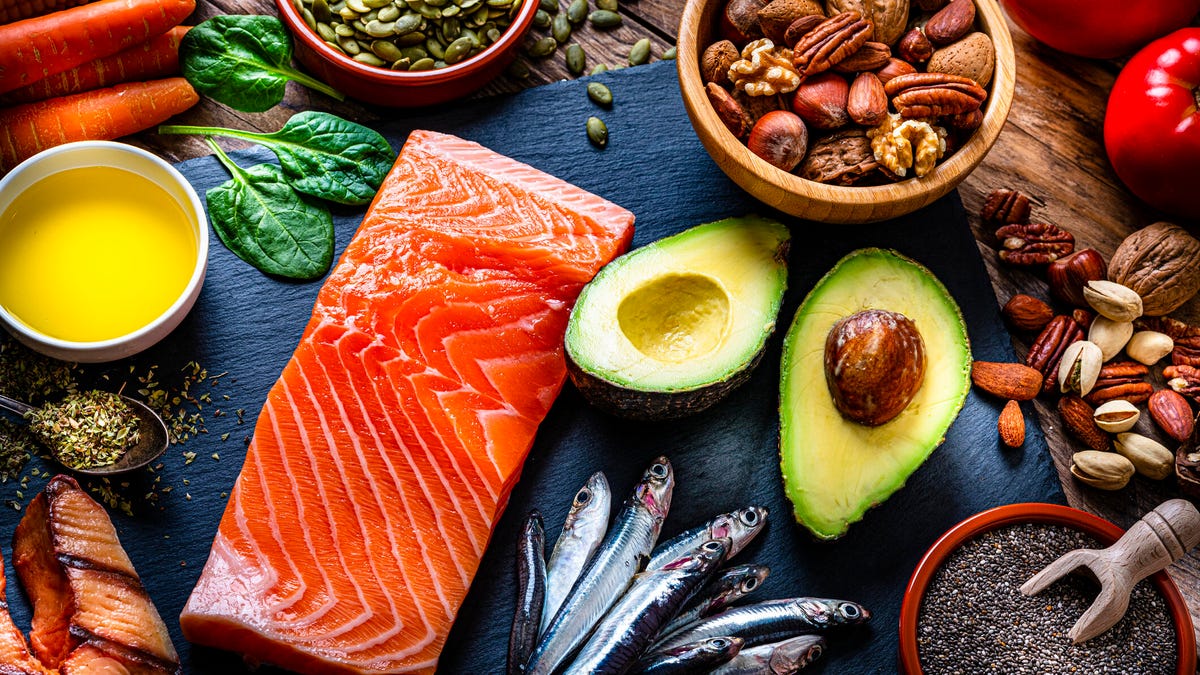The Food and Drug Administration is testing designs of a label that food manufacturers could voluntarily put on the front of packages indicating that a product is “healthy.”
Why it matters: The effort is controversial, in part because the meaning of “healthy” continues to evolve. The FDA itself is in the process of updating its definition, which dates back to 1994.
- Other concerns are that such a label could be of dubious value, used too liberally by food makers, or seen by consumers as a product endorsement by the FDA.
- Nutritionists make the point that a balanced diet matters more to health than any individual food.
Where it stands: The FDA is conducting two tests with consumers of possible “healthy” food logos as part of its goal to “improve dietary patterns in the United States, to help reduce the burden of diet-related chronic diseases and advance health equity.”
- It will conduct an online survey of 2,000 adults who self-identify as primary food shoppers to test the “clarity, relevance, and appeal of a set of symbols,” according to the Federal Register.
- It will administer a 15-minute web-based questionnaire to 5,000 adults, who’ll be asked to react to proposed “healthy” symbols applied to several mock products (a breakfast cereal, a frozen meal and canned soup).
Among the goals, the FDA says, are to provide consumers who have an unsophisticated understanding of nutrition with an easy way to make choices in the supermarket — and to coax food manufacturers to improve their products.
- The agency says it is “researching general consumer perceptions and impressions of the symbols themselves, not the definition that may underlie those symbols,” which remains a work in progress.
- “While FDA is considering how to redefine the term ‘healthy’ as a nutrient content claim, food manufacturers can continue to use the term ‘healthy’ on foods that meet the current regulatory definition,” FDA spokeswoman Kimberly DiFonzo tells Axios.
- She said the agency “intends to publish the proposed rule with the definition update soon.”
Of note: In 2015, the FDA told the makers of KIND fruit-and-nut bars to stop using the term “healthy” on packaging because of the product’s fat levels, only to reverse its decision the following year and clarify its guidance on the use of the term.
The other side: Experts who study the efficacy of labeling schemes say that what works best is a mandatory system of warning labels on packaged food that isn’t good for you.
- In Chile, a stringent law that required warning symbols on foods with excessive fat, sugar, sodium or calories helped improve consumer purchases.
- A law in Mexico requires black octagons on labels of junk food.
- Rather than just evaluating a seal of approval, the FDA should consider a warning symbol as well, says Anna Grummon, a postdoctoral fellow in the Department of Nutrition at the Harvard T.H. Chan School of Public Health.
- “I think it would be really helpful for the FDA to test those systems side by side,” she told Axios.
The bottom line: In public comments on the FDA’s proposal, several big companies and trade groups suggested that the agency was putting the cart before the horse by crafting a “healthy” label before nailing down new nutrition guidelines.
- Sample comment: “We … would encourage FDA to provide a more holistic picture of the agency’s plans related to ‘healthy’ claims and symbols for public comment,” said the Food Industry Association.











